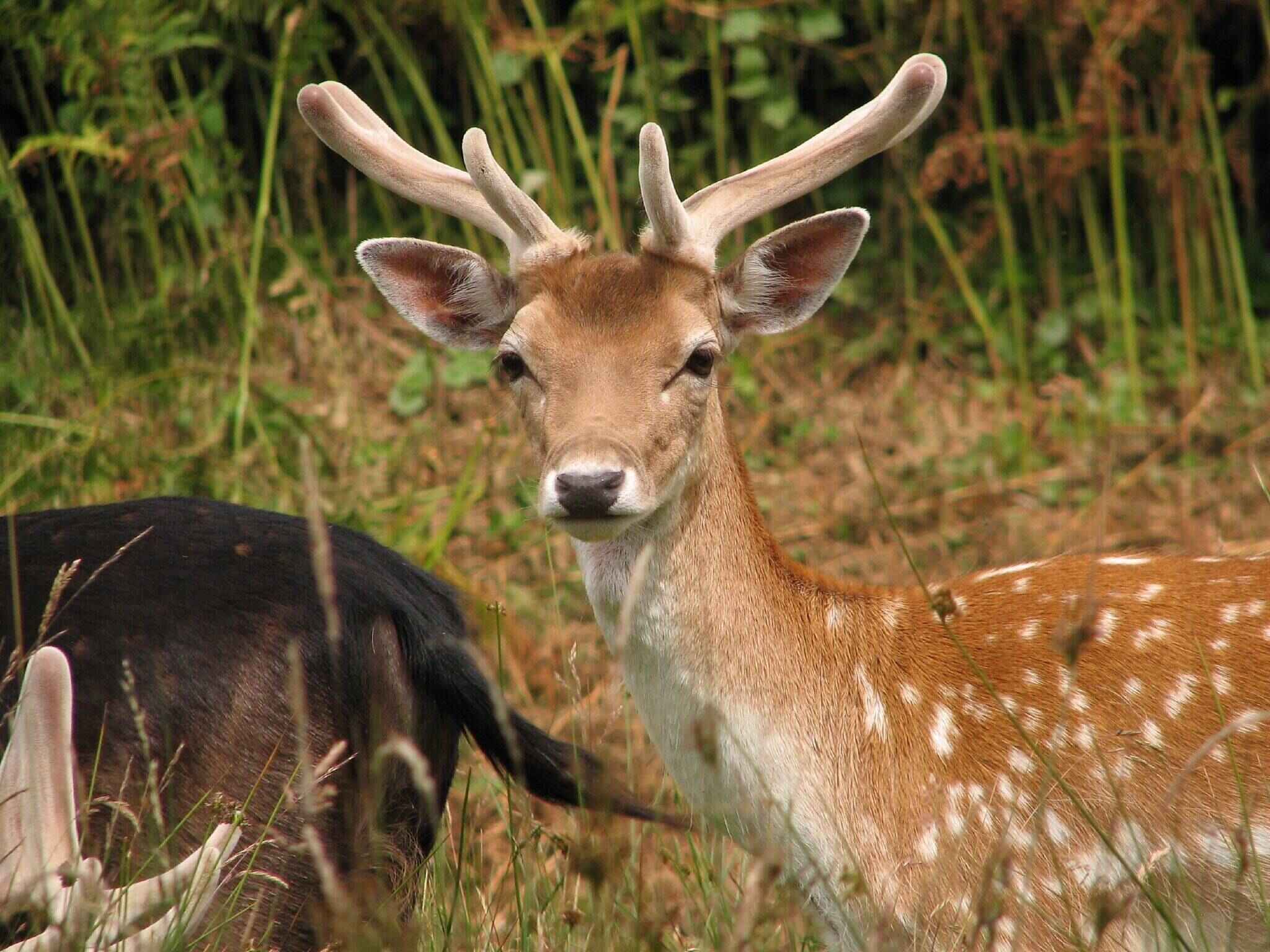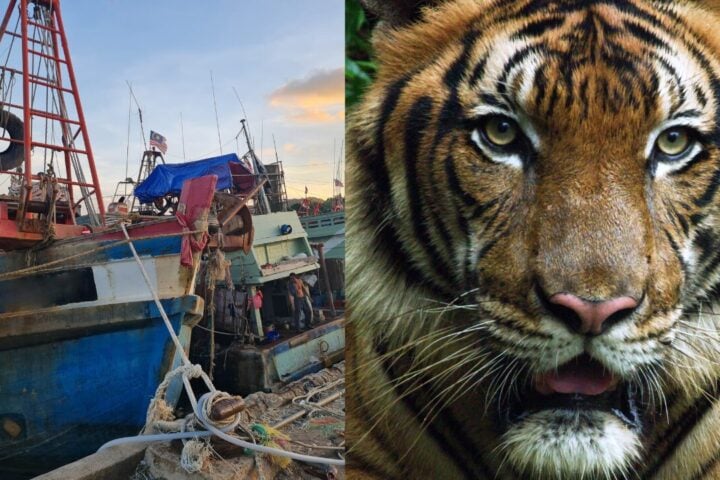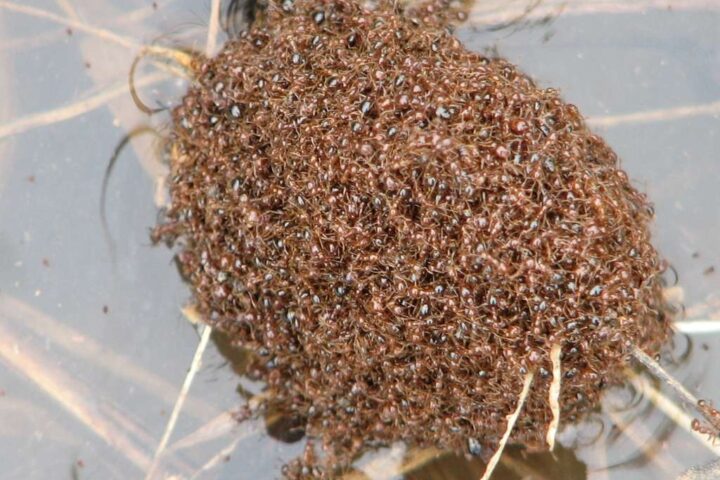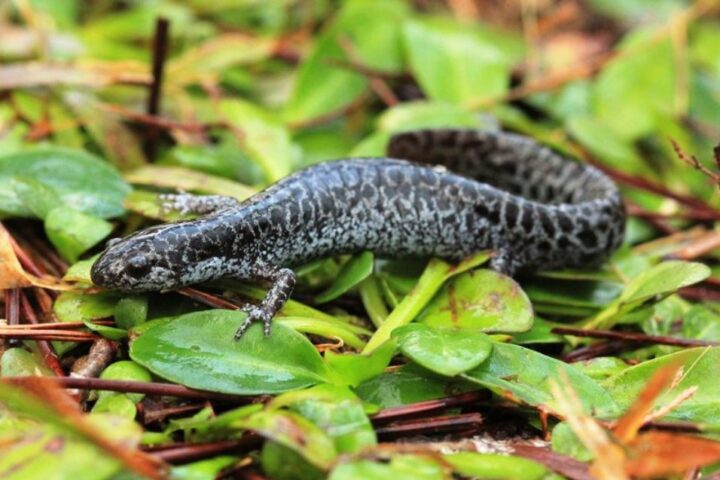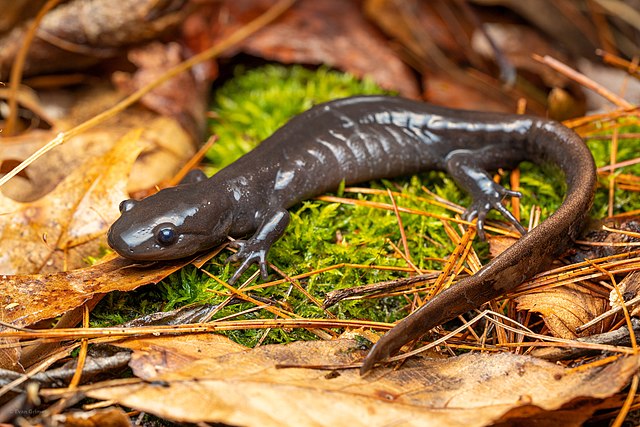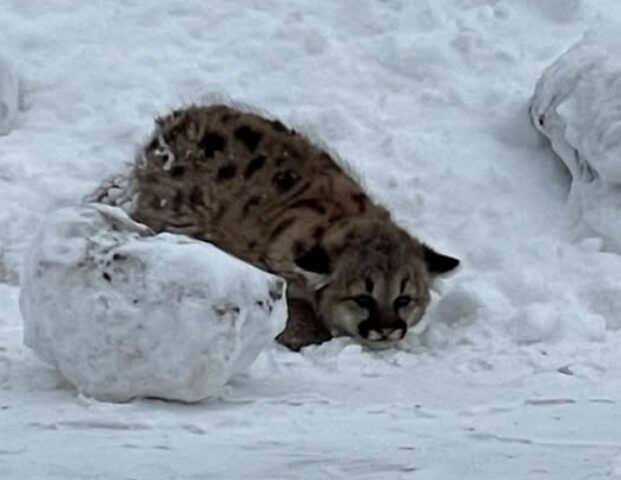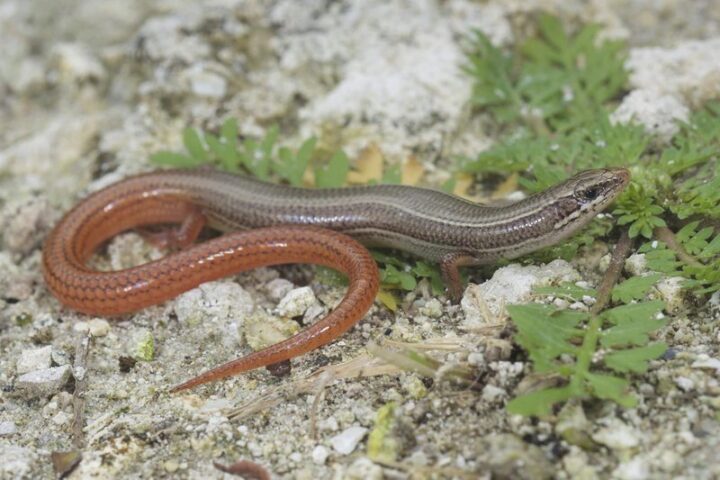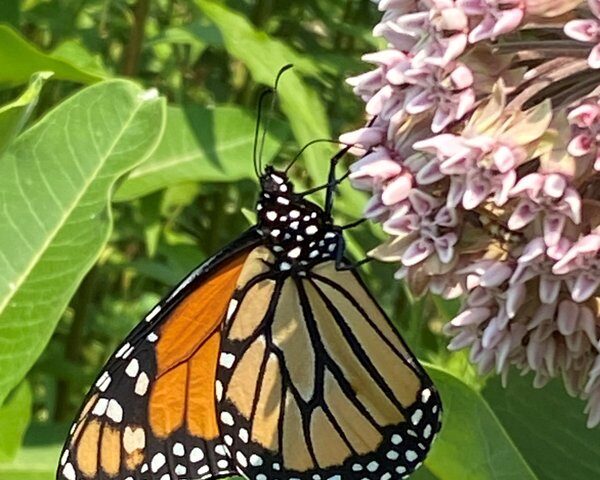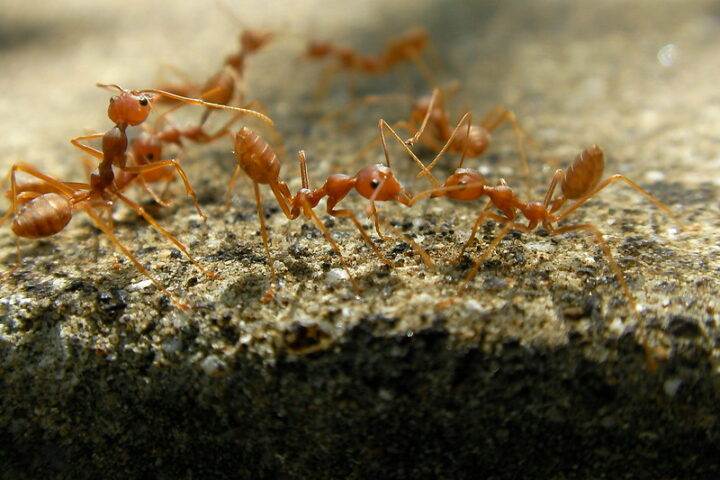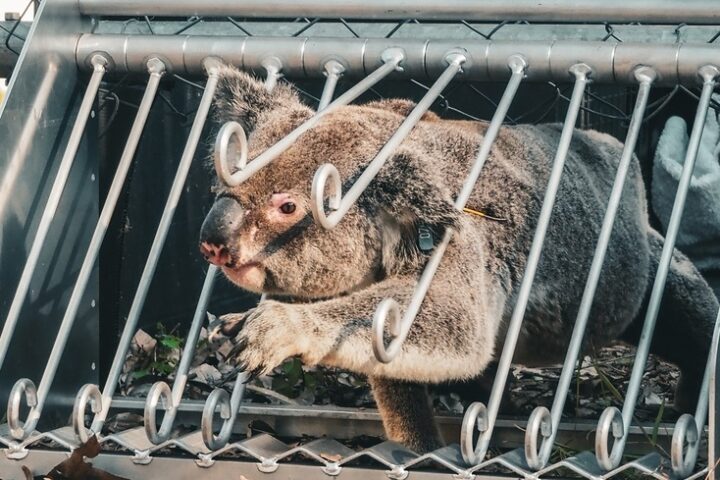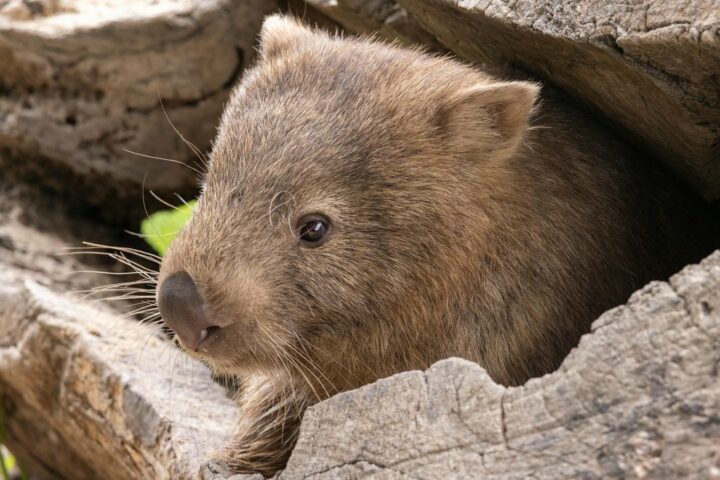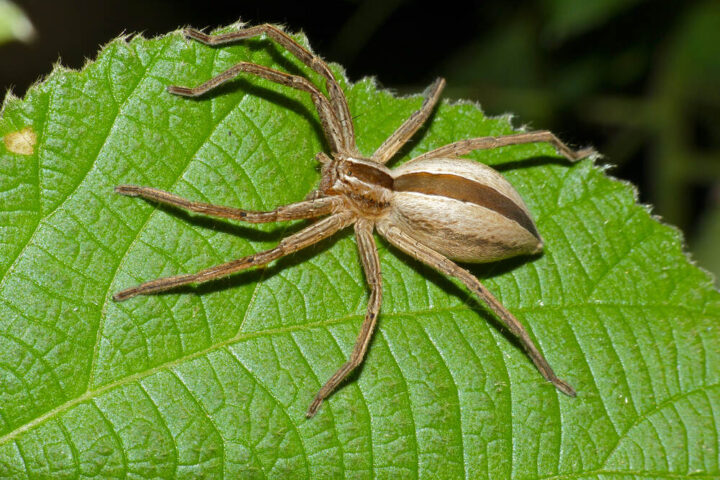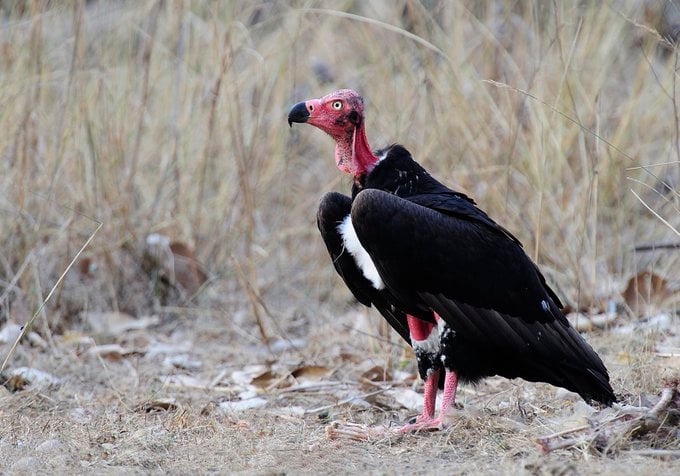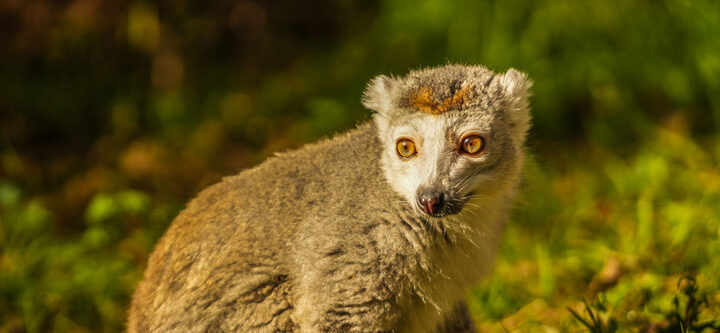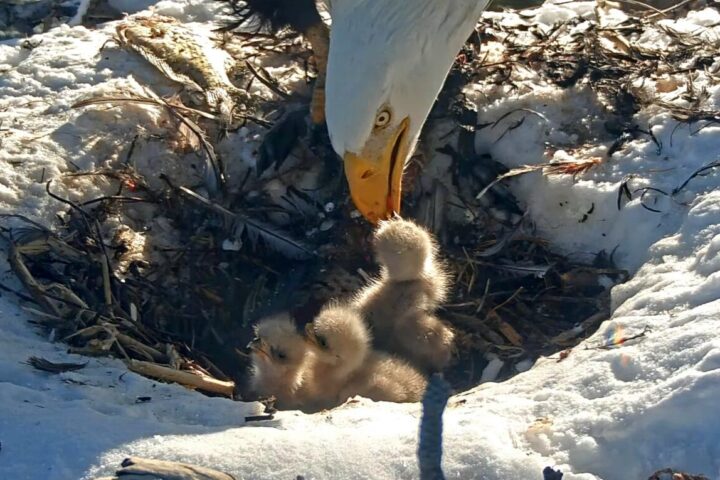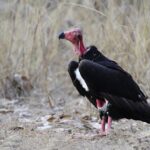A recent European study led by the Swedish University of Agricultural Sciences, with participation from France’s National Research Institute for Agriculture, Food and Environment (INRAE), has conducted an extensive 20-year review of how climate change impacts deer populations across Europe, Asia, and North America. The findings, published in the journal Global Change Biology, analyze 218 scientific articles to identify key trends in how factors like temperature, rainfall, snow, and extreme weather events influence the physiology, behavior, and population dynamics of 10 main deer species.
Milder Winters Bring Benefits and Challenges
The study reveals that rising temperatures and milder winters can have both positive and negative effects on deer. Many populations benefit from reduced energy expenditure on staying warm and improved food availability. However, species adapted to colder climates, such as reindeer and caribou, face challenges when winter temperature fluctuations cause snow to melt and refreeze, covering their food sources in ice.
“Climate change causes far-reaching disruption in nature, where tolerance thresholds already have been exceeded for some plants and animals,” the researchers noted. “In the short term, deer may respond to climate through individual physiological and behavioral responses. Over time, individual responses can aggregate to the population level and ultimately lead to evolutionary adaptations.”
Hotter Summers Push Physiological Limits
The study also highlights the potential risks posed by hotter, drier summers, which can push deer populations to their physiological limits due to heat stress and increased parasite loads. In the short term, this can lead to deteriorating physical condition, while in the long run, some species may shift their ranges northward.
Moose, the largest deer species and one well-adapted to cold climates, are particularly sensitive to heat. Populations in southern regions like southern Scandinavia are more vulnerable to climate change and could disappear from these areas. While some deer species can cope by seeking cooler habitats and reducing activity during the hottest hours, these responses may negatively impact population dynamics over time.
Similar Posts
Changing Migration Patterns and Evolutionary Implications
Warmer spring and autumn temperatures are also altering the migration timing and routes of species like caribou and red deer. As snow cover and depth decrease, these animals begin migrating earlier in spring and later in autumn. If this trend persists, some species may eventually stop migrating altogether.
The evolutionary implications of climate change for deer are profound and far-reaching. Populations with higher genetic diversity are more likely to develop beneficial traits that enhance survival in changing environments. Over time, natural selection may favor deer better equipped to handle heat stress or efficiently exploit new food sources.
Scope for Further Research
While the study provides a comprehensive synthesis of how deer respond to climate conditions now and in the future, the researchers also identified several areas for further investigation:
- The potential impact of extreme weather events like storms and floods on deer populations
- How different types and depths of snow influence deer migration patterns and access to food
- The effect of wetter autumns on deer habitats and food availability
Understanding these factors will be crucial for wildlife, forest, and park managers as they adapt their population management strategies to protect deer in the face of a changing climate.“As natural areas become increasingly fragmented, the potential for humans and wildlife to interact is growing”, scientists have noted. By shedding light on the multifaceted ways in which climate change affects deer, this 20-year review provides a foundation for informed conservation efforts and highlights the urgent need for continued research in this field.
